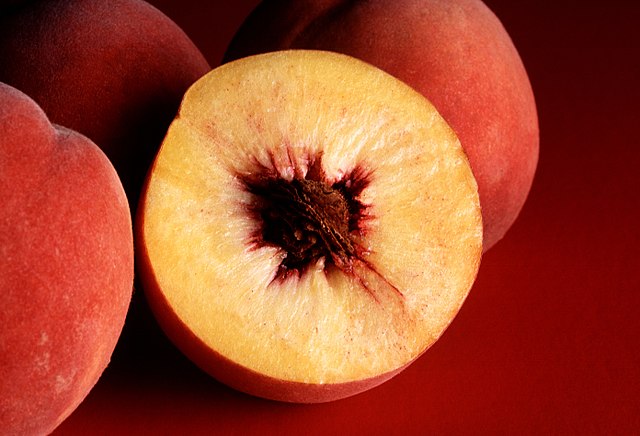A year after a warm 2022-23 winter and a lengthy freeze decimated peaches in Georgia, which is also known as “the Peach State,” farmers now predict a bountiful crop in 2024.
Georgia’s peach farmers stake this hope on a currently normal spring without an unexpected ice freeze like in 2023.
In 2023, late freezing conditions impacted the budding of numerous summer fruits in North America, ranging from cherries to peaches.
Understanding the Cool-Warm Weather Cycle of Peach Development
The southern United States is prone to late freezes around mid-March, which can cut off blossoming spring peaches.
For instance, southern Georgia counted losses totaling $60 million after a mid-March 2023 freeze settled on fruit trees.
It is all about the balance between chilly and warm temperatures. Peach trees require around 1000 cool hours per season, averaging between 32 and 45ºF. After this, the blossoms bud under warming conditions. An abnormally warm winter can accelerate bud formation even before trees attain the minimum of 1000 chill hours. If a late freeze comes during this premature budding stage, it stunts the fruits, a situation that occurred in 2023.
2024 is different in that the Peach State had received between 800 and 1200 chill hours by mid-February.
According to Georgia Peach Council’s marketing director Will McGehee, speaking to The Atlanta Journal-Constitution, Georgia has “ a full crop” this season.
Indeed, there were no reports of climatic damage of budding peaches in the state throughout March 2024.
Meanwhile, Georgians are trialing anti-freeze protection methods, including chemicals that can postpone budding until winter is past.
How do Peach State’s Peaches Rank Nationally?
Home to a $34 million peach industry (2022 statistics), Georgia is among the top 4 peach-producing states in the United States.
Despite its “Peach State” moniker, it lags behind California, South Carolina and New Jersey in peach production.
Annual production is usually in the margins of 130 million pounds, per University of Georgia data. The state however did not reach this output in 2023 as farmers lost 90% of their crop to warming weather.
The stone fruits grow in the central and southern regions, with the central region accounting for 75% of the state’s total production capacity.
